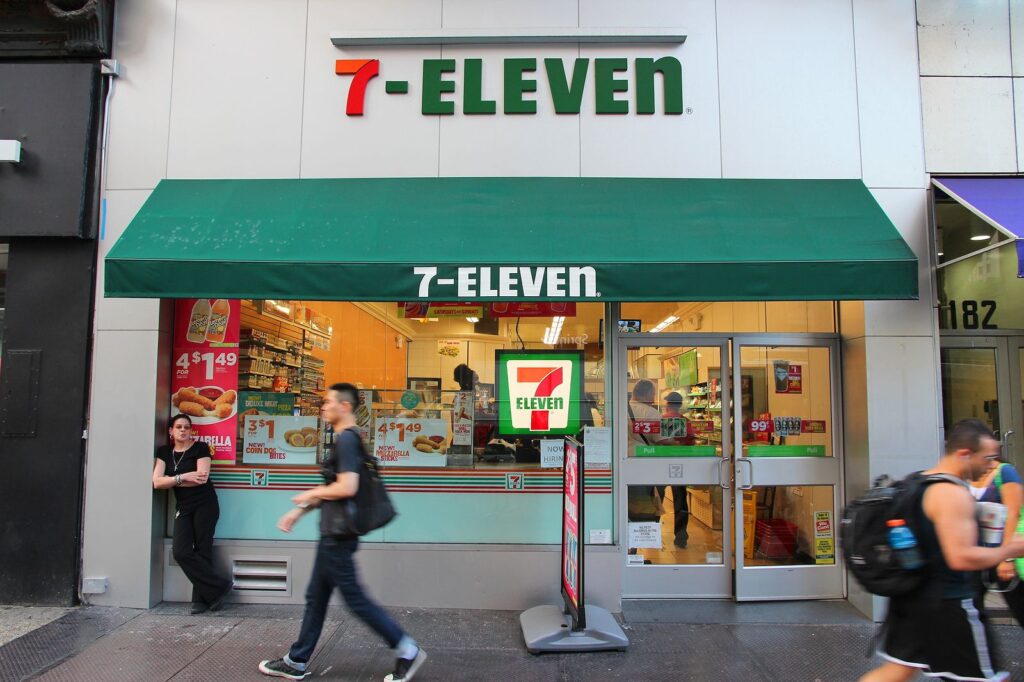
Australian convenience stores have blossomed amidst difficult retail conditions, achieving a 2.4 per cent growth in 2018, a new report has suggested.
The Australian Association of Convenience Stores (AACS) State of the Industry Report was released this week and revealed the growth had bolstered the Australian convenience sector to an $8.6bn valuation.
The figure is even more astonishing when noting that petrol sales were not accounted for in the final figures.
Jeff Rogut, AACS CEO said the strong growth was a reflection of the innovation efforts Australian convenience stores have undertaken to meet evolving customer needs.
“To record such a strong result in a challenging market is a credit to the leading retailers and suppliers in our industry to adapt their offer in a way that resonates with their customers and reinforces their value proposition,” Rogut said.
“On the basis of this result and the innovations happening in stores and down the supply chain, we have every reason to remain confident in convenience.”
Australian convenience stores have experienced a resurgence in popularity over the past few years, a trend which has seen supermarket giants Coles and Woolworths weigh in to the small-format system.
The customer-focus is paying off. Over the 12 months from 2017 to 2018, revenue generated through in-store merchandise sales rose by $201m.
Additionally, the average transaction value over the year was flat at $9.90, while the average merchandise transactions per day was up 1 per cent to 483.
Australian convenience stores food focus
Despite growth across the board, the report revealed that the real catalyst for the strong results was food retailing.
Food and beverage merchandise outperformed growth of non-food categories for the fourth successive year, recording $3.8bn in sales. This result was up $101m or 2.7 per cent on the 2017 result.
That being said, non-food still showed growth of 1.9 per cent, representing an increase in sales of $90m to total $4.8bn.
“The strong food and beverage result is a reflection of the work done by many of our retailers and suppliers over many years. The efforts by the leading operators in convenience to position themselves as a viable and healthy food shopping option for busy consumers is being rewarded,” Rogut said.
Tobacco
While the number of active smokers continues to fall, tobacco sales still account for a significant portion of convenience store revenue.
The AACS report identified that the contribution of legal tobacco sales also grew in 2018 to 39.5 per cent, up $204m or 6.4 per cent.
Rogut acknowledged that tobacco sales were thriving due to a willingness to adapt to consumer demand.
“The AACS is focused on protecting the convenience industry’s share of legal tobacco sales while seeking reform in areas including the development of an appropriate legal framework for the sale of e-cigarettes and other stop-smoking devices through convenience stores, and cracking down on the scourge of illicit tobacco being sold in communities around Australia,” Mr Rogut said.
Future trends for Australian convenience store
It isn’t just tobacco sales that are set to fall. The report outlined a number of opportunities and challenges for the sector.
Namely, the need to prepare for potential declines in fuel-based customers, to the rise of e-commerce, the growth in small-hybrid format stores, and changes in the various costs of doing business.
We recognise over the next five years the changes coming to retail and leading convenience retailers are already looking at ways to improve their offer to stay relevant,” Rogut said.
“As an industry we need to embrace change in terms of the merchandise we sell, the customers we appeal to, the technology we use and may need to use, and more. There are elements of disruption upon us in many spheres. Data analytics will play an increasingly influential role. There are regulatory changes that may be imposed upon us as we tackle another election year.
“It is important that our industry not only embraces change, but in some areas drives the changes needed to survive, grow and profit.”
Want to get in on the convenience market? Check out these great franchising opportunities.

